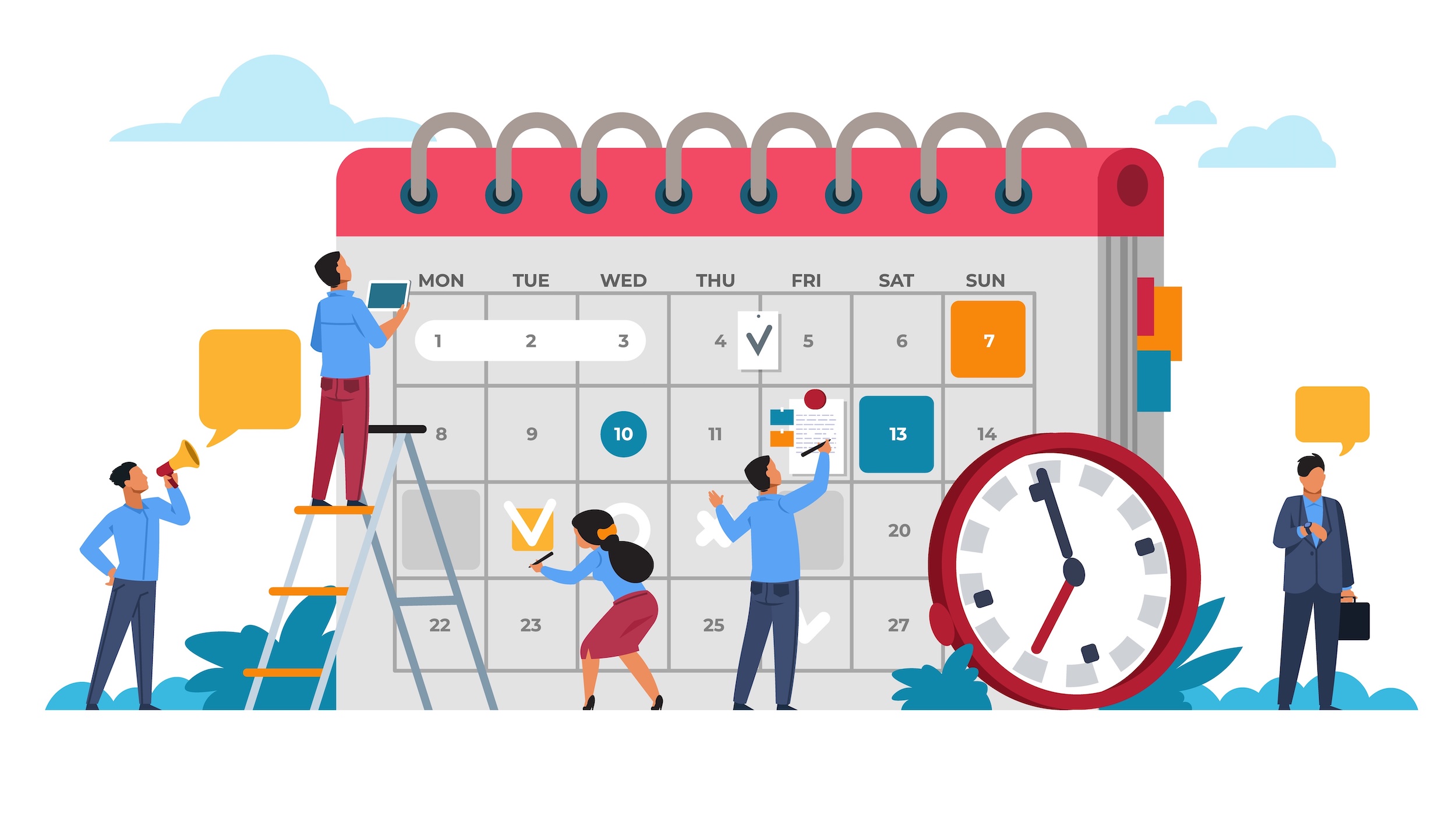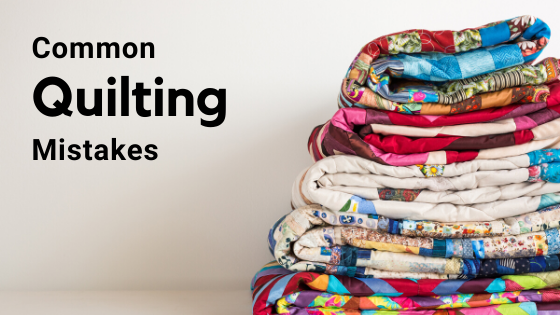
As a business owner, staying on top of social media can sometimes feel overwhelming. In this blog post, we will guide you through the process of effectively managing your social media presence with the help of a social media calendar.
Benefits of a social media calendar
- Strategic Planning: A social media calendar serves as a strategic and detailed plan for your upcoming posts. It ensures that you have a clear overview of what content will be shared, including important information such as the social channel and optimal posting times.
- Time-Saving and Consistency: By organizing your social media content in advance, a calendar saves you time and effort. It allows you to schedule posts in advance, ensuring a consistent presence across your social channels.
Conducting a social media audit
Before diving into planning your future posts, it’s essential to conduct a social media audit to gain valuable insights into your past content. Here are key aspects to focus on during your audit:
- Assess Metrics: Analyze the metrics of each social media account to define success criteria. Pay attention to engagement levels, reach, and conversion rates. This analysis will help you understand what’s been working and what needs improvement.
- Evaluate High and Low Performers: Identify your highest and lowest performing posts and campaigns. By understanding what resonates with your audience and what doesn’t, you can refine your content strategy moving forward.
- Define Your Target Audience: Review your existing followers and target audience. Understand their demographics, interests, and preferences. This information will guide your content creation and help you tailor your messages to appeal to your audience.
- Identify Areas for Improvement: Based on the audit findings, identify areas where you can improve your social media presence. This could include refining your content strategy, exploring new platforms, or engaging with your audience more effectively.
In our next blog post, we will dive deeper into the different types of content you can consider for your social media strategy. Stay tuned for valuable insights and ideas to enhance your social media presence.
If you found this blog post helpful in managing your retail business, we invite you to subscribe to Creative Retailer for more valuable information and guidance. Already a subscriber? Join our Facebook group, where industry specialists like yourself share insights and engage in meaningful dialogue. Additionally, if you prefer a specific topic or want to explore our previous articles, you can always purchase single issues of Creative Retailer to access the content that interests you most.







